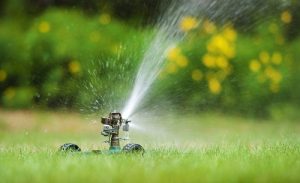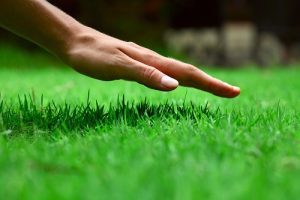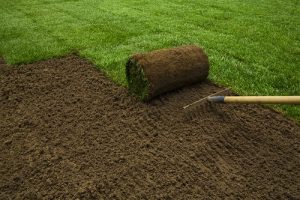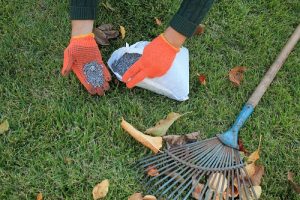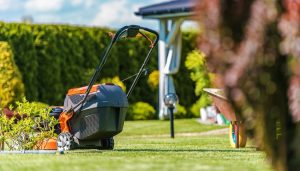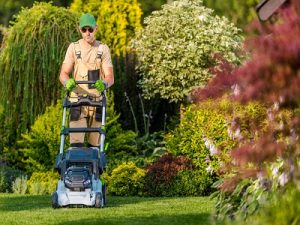 Water is a crucial part of a healthy lawn. However, it is important to make sure that you do it correctly as part of your lawn care routine. For instance, if you run the sprinklers at night, you’re creating the perfect setting for disease to take hold. But if you water lightly then the grass roots won’t grow deep enough, which will create a problem for you once the hot weather comes.
Water is a crucial part of a healthy lawn. However, it is important to make sure that you do it correctly as part of your lawn care routine. For instance, if you run the sprinklers at night, you’re creating the perfect setting for disease to take hold. But if you water lightly then the grass roots won’t grow deep enough, which will create a problem for you once the hot weather comes.
Lawn Care: When To Water Your Lawn
If you notice that your lawn has taken on a dull green color or has a grayish cast, then it’s a sign that it needs water. You should also walk on your lawn. This will help you check if the grass is moist enough or not. If your footprints don’t disappear right away then the grass blades are not that moist. Although it might appear as if you can easily water your lawn anytime, your lawn needs specific lawn care and maintenance.
Water before 10 in the morning. It is much cooler and the winds are calmer, which means water can soak into the soil and be absorbed by the grass roots well before it could evaporate. In case you have to water the lawn at night, you can do so between 4 in the afternoon and 6 in the evening, which will provide the grass blades enough time to dry out before nightfall. There’s a greater possibility of disease becoming prevalent in the lawn if you water the grass much later.
How Much Water Should You Use?
If you need to water a lawn, it is best to water until the top 6 inches of the soil is wet. Most of the lawns require about 1.5 inches of water per week. It could be from rain or water, so the soil can be soaked deeply. You can apply the water in just a single watering or it can be divided into two waterings within the week. But never overwater the lawn.
 Have You Watered Enough?
Have You Watered Enough?
As part of your Myrtle Beach lawn care routine, you should check the soil every 15 minutes to know how long it will take to soak it. This should be done during the first watering. You can use a screwdriver to check how deep the water has moved. Take note of the time when the soil was soaked to a depth of 6 inches at least. This will indicate the length of time you need to water your lawn in the future. So, keep this rule in mind. If you are having a hard time sticking a screwdriver at least six inches into the soil then you need to water your lawn.
There is something you can do to determine how long you need to run your sprinkler system. All you need to do is multiply your lawn’s square footage by 0.62 gallons and then divide it by the sprinkler flow rate.
You can also measure using cans. Use empty and clean tuna cans in various spots around your lawn and measure the time needed to collect 1.5 inches of water in every can. Because the sprinkler coverage patterns differ throughout the lawn, you can use the average time it needs to fill all the cans.
You can also use a flow or water timer. Pick out a timer that will measure the water flow by the hundreds of gallons. Multiply the square footage of the lawn by 0.62 gallons to know the total number of gallons required for the whole lawn.
If you need help in taking care of your lawn, don’t hesitate to call Conner’s Lawn Care Service.
Conner’s Lawn Care Service
Myrtle Beach, SC
843-504-4901
http://connerslawncare.com/


